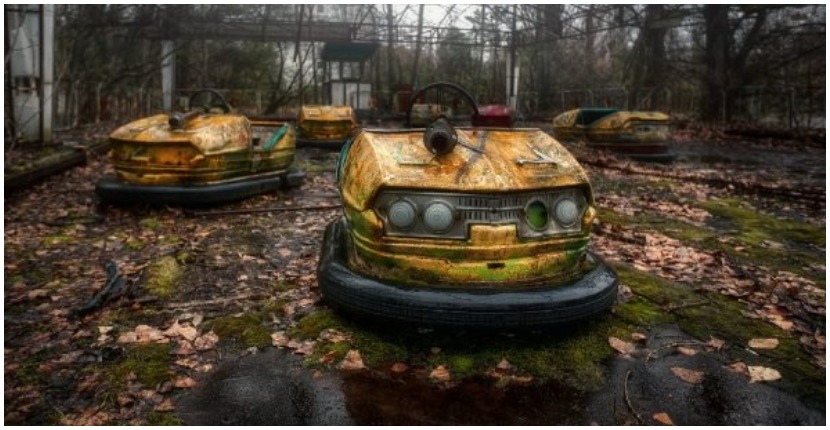A journey to Chernobyl in photos. As if torn apart from a forbidden land, a place that once flourished and lived peacefully now seems like an eerie ghost town. The Chernobyl catastrophe in 1986 shook not only Chernobyl, but Pripyat as well, its neighboring town, and shaped the tragic history of the two cities. The leftovers of these abandoned towns lay untouched to this day, entire frozen scenes which create a fantastic and foreboding visual impact.
My name is Cristian Lipovan. I’m a photographer and urban explorer from Romania. I had planned my expedition to Chernobyl long before I actually left, even while working on my Places Suffering project. But at that moment I did not have the courage. I started to research it deeply, analyzing all the potential situations and risks to which I could be exposed. Eventually I came to the conclusion that it was probably not as dangerous as the world says. But certainly I had to impose some strict rules on myself while I was there. “Not as dangerous as the world says” does not mean “safe”.
I have now been there twice. I explored as much as I could from dawn to dusk without pause. It was exhausting, but at the same time I experienced moments that I will never forget, it was truly fantastic and heartbreaking to immerse myself in this environment and capture the desperation and human story of Chernobyl in photos.
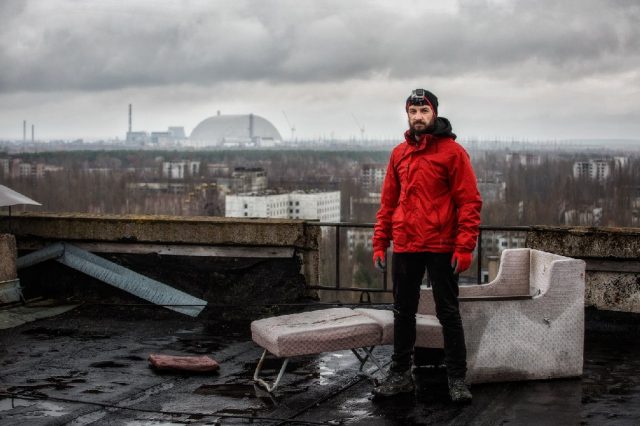
One of the mandatory rules during my time in Chernobyl was not to eat any food while in the contaminated area. There was breakfast at our lodgings in the morning and then absolutely nothing until returning for dinner. To get into the abandoned area you need a special permit that I got through a local guide. Everything is very strict. It is the duty of the local authorities to check you every time you come in and out of the contaminated area to keep you and those you may come into contact with safe, and they take this responsibility very seriously.
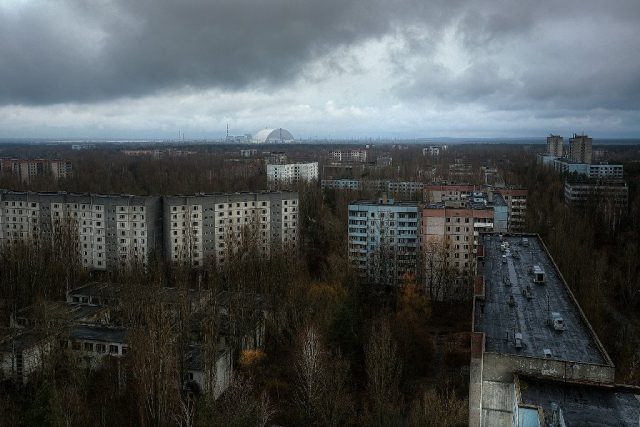
The deep feelings and vivid impressions I had there simply can’t compare to anything else I’ve experienced. There are no words to explain it, you have to be there and see it directly with your own eyes. The first time I was there, I didn’t have as much restraint as I know now to be necessary. It’s not a place to spend a leisurely holiday, it’s not an amusement park (even though there is an abandoned one there). You never know what can happen, what to expect, or what is waiting for you. But with that said I can’t say that I was afraid.

After the second experience I started to get to know the places there, to know exactly where to avoid and where to go. I explored many buildings: hospitals, kindergartens, schools, police headquarters and fire brigades, hotels, apartments, houses, a stadium, pianos, the massive Duga radar, the amusement park, all of them abandoned and frozen in time. The most impressive thing for me was a room in a kindergarten where all the children’s cribs and belongings were left in the same position as they were 33 years ago. There were toys, clothes and shoes, and the closets they kept them in. But the hardest image to take in were the gas masks of the children laying around that they had to wear in order to not be exposed to the disaster that had unfolded around them.

My expedition to Chernobyl and Pripyat was the most exciting experience of my entire life. It changed my life. I appreciate everything around me much more after having seen such devastation. Below are some of the photos I captured on my journey to Chernobyl that have stayed with me.
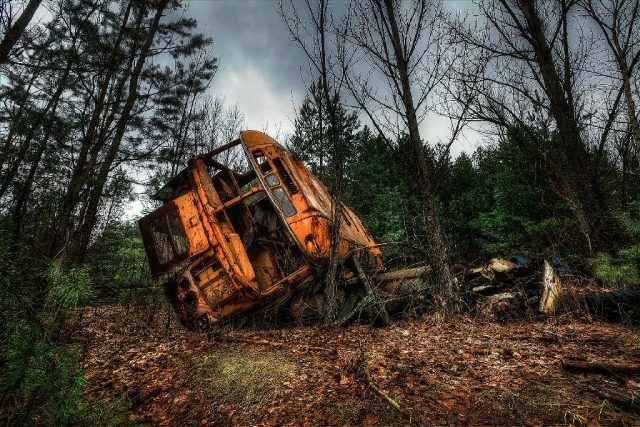
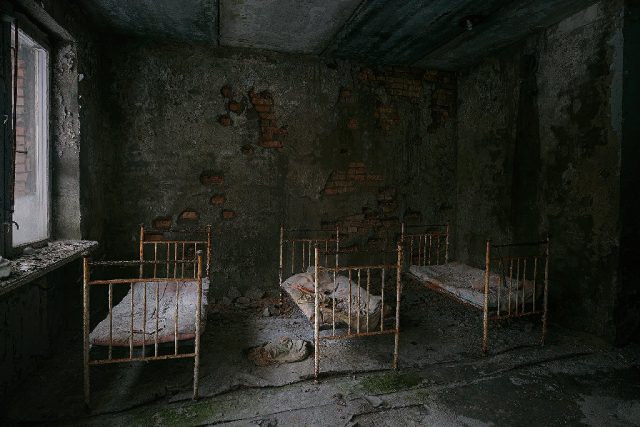

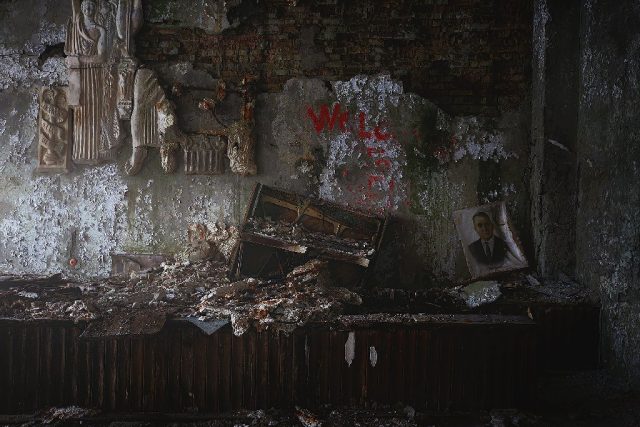
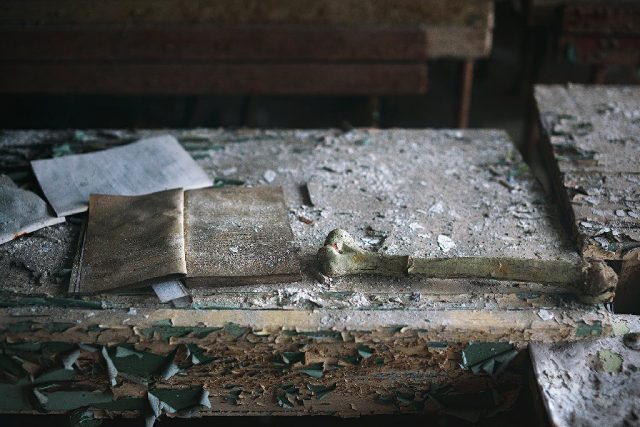
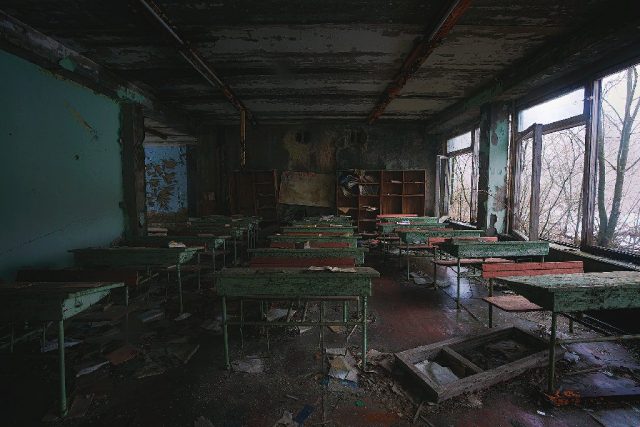
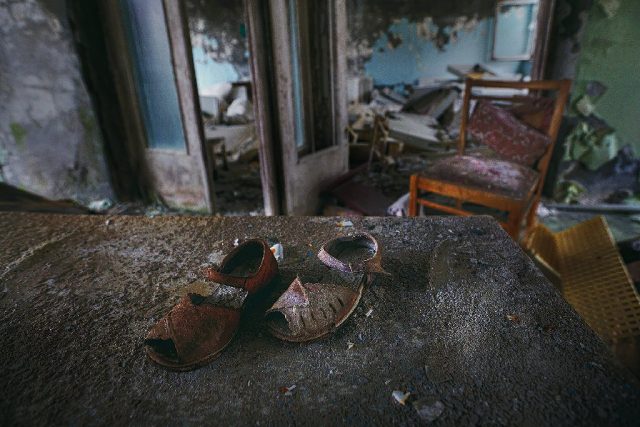
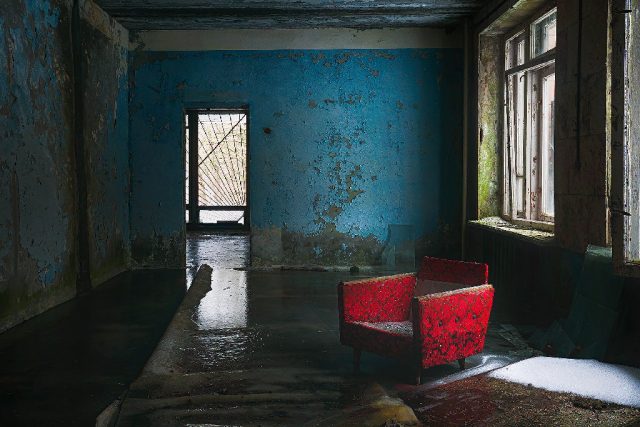
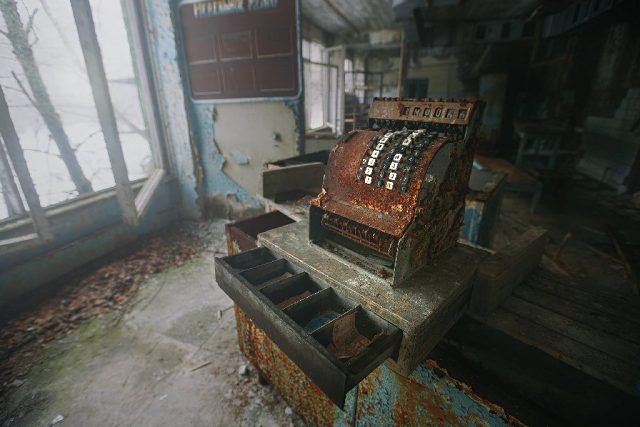
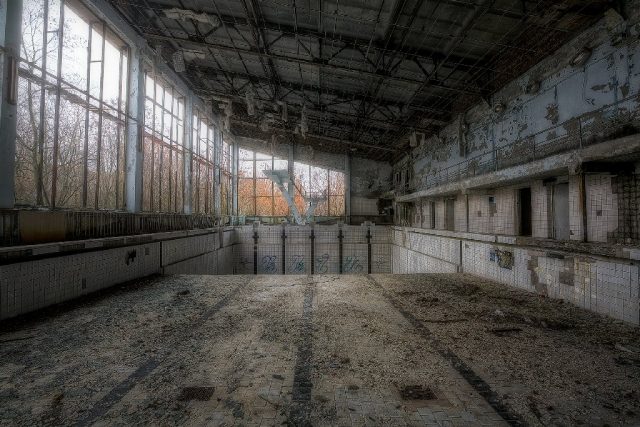
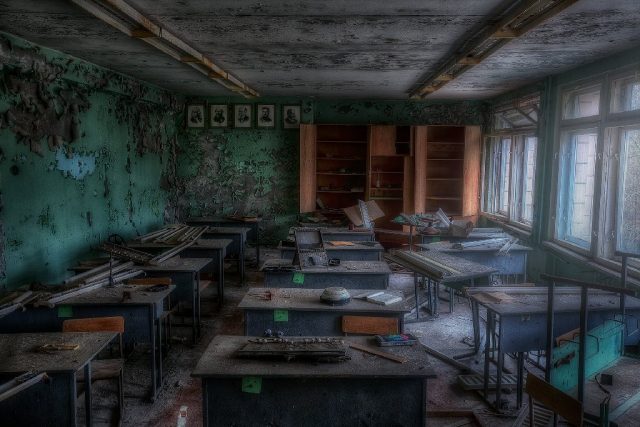
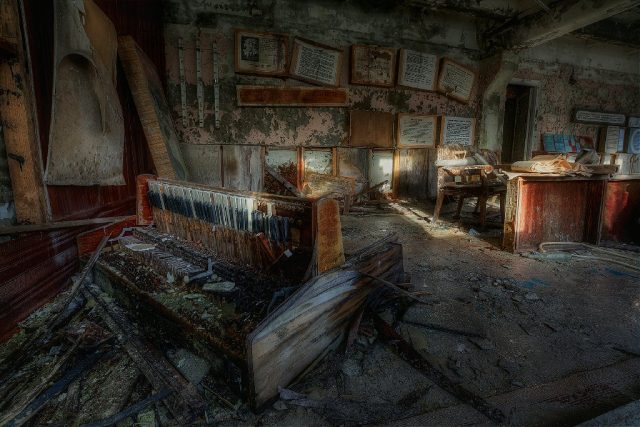

Related Video:
https://youtu.be/tbNeYNLrWwA


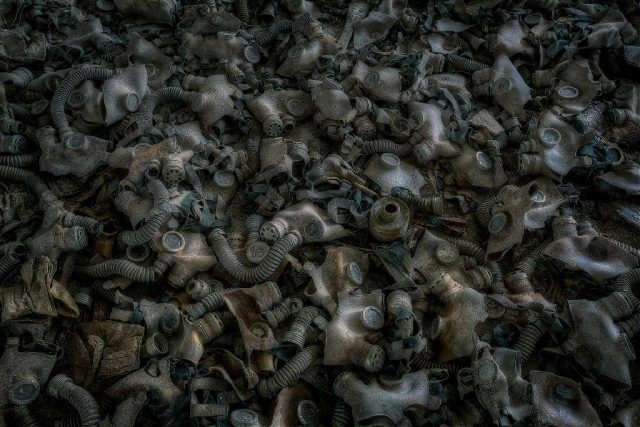
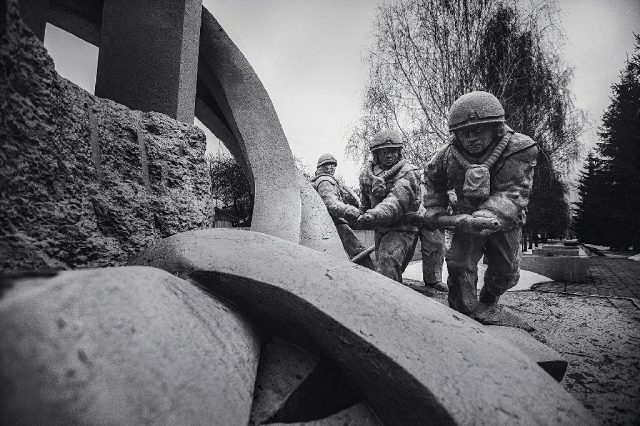
If you enjoyed these photos of Chernobyl and Pripyat you can see more of my work and experiences at the following places:
www.placessuffering.com
My Facebook page
My Instagram
My YouTube channel
